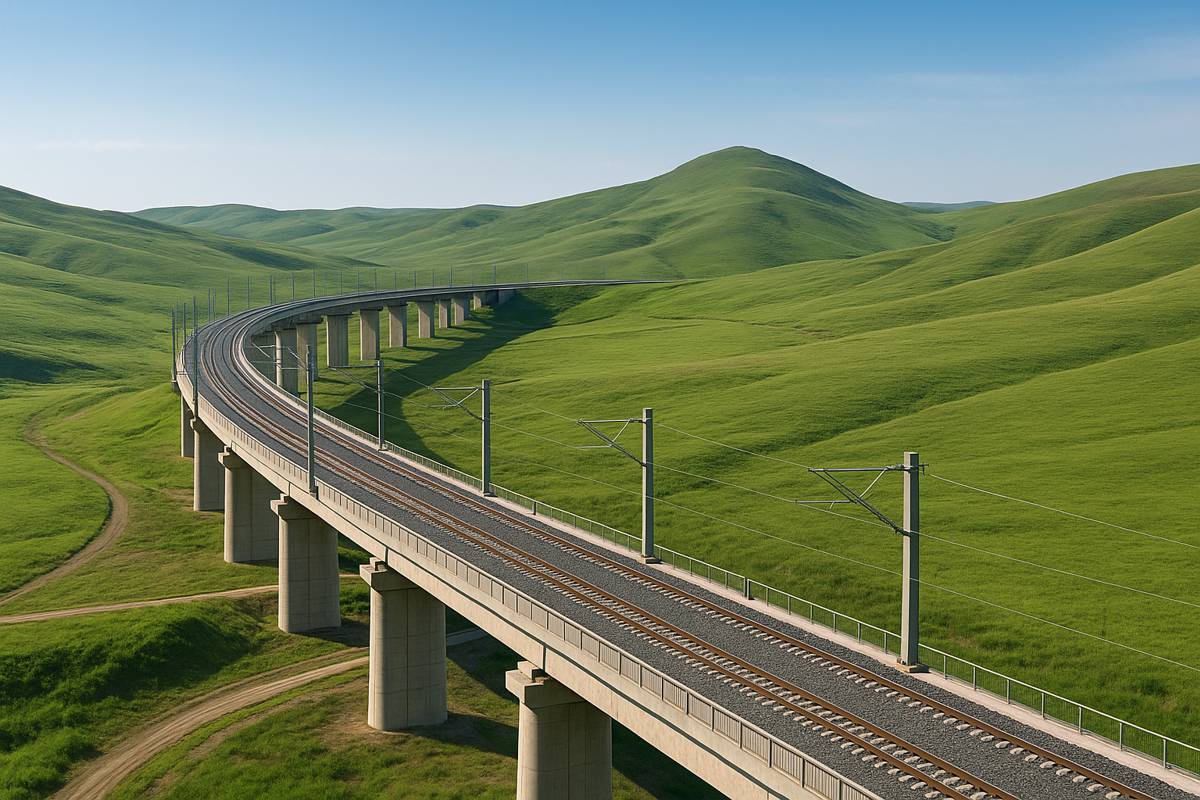Road Investment Strategy Driving the Future of Britain’s Roads
With the second Road Investment Strategy (RIS2) currently nearing the end of its target lifespan, Britain faces a juncture when it comes to its roads. RIS1, the first Road Investment Strategy, which took place from 2015—2020, saw an investment of £15.2bn of public money.
RIS2 expanded on that, with a total of £24.5bn to be spent by the time RIS2 is complete in 2025. RIS3 is slated to begin in 2025, though details of the investment plan have not yet been made public.
Despite the growing investment in British roads, however, we continue to face issues. With costs rising due to inflation, Rick Green, Chair of the Asphalt Industry Alliance, has noted that local authorities are struggling to action the repairs they need to with the money they’re being allocated.
With 95% of the British population using the road network every day, the importance of well-maintained road infrastructure comes firmly into focus. And, with British drivers finding themselves increasingly frustrated with the condition of local roads, RIS3 must deliver lasting action and lay the foundations to futureproof our infrastructure.
We took a look at some of the most-important issues facing Britain’s roads in the coming years and discussed some of the best ways to combat them, with advice and insight from Richard Moss, Head of Civils at Instarmac, which develops and produces materials for highway maintenance.
Road surfacing
If you’ve been driving regularly over the last few years, you might’ve noticed potholes becoming a more regular occurrence. The RAC have certainly noticed this; in 2022, they responded to 22,095 pothole-related breakdowns. In 2023, that figure jumped to 29,377.
Local councils are working hard to improve the quality of our roads, but often aren’t afforded the resources required to action the repairs they’re faced with. “The onus lies with the national government to support councils to make real progress with our country’s pothole problems,” says Moss.
Simon Williams, RAC Head of Policy, agrees. He notes that though £8.3bn of reallocated funds from the cancelled HS2 train line was dispersed amongst local councils, “this was only enough to resurface 5,000 miles of road – the equivalent of just 3% of all local roads.”
Moss comments: “Whatever the outcome of the impending General Election, it’s vital that those in power disperse adequate funding to local councils to enable them to tackle potholes. Drivers across the country are finding frustration with road surface issues, leading to growing levels of dissatisfaction in our roads.”
Going forward, a range of new innovations could help British roads become more resilient and deliver a more satisfactory experience for road users. For instance, the introduction of self-healing asphalt could help protect our roads from water ingress and make them less susceptible to cracks and potholes.
Graphene is also being increasingly incorporated into the asphalt process; a trial by Oxfordshire County Council found that graphene-enhanced asphalt is 165% more durable than standard asphalt, which could play a huge part in protecting our roads for years to come.
Self-healing cement is another forward-thinking innovation that could be used to futureproof our roads going forward. This type of cement includes bacteria in tiny capsules, which break open once a crack appears in the road. The bacteria are then released, and begin to produce calcite, filling in the cracks and effectively healing the road.
“These new innovations could herald the arrival of more resilient roads than ever,” says Moss. “With new formulations of road surfacing materials providing greater strength and the ability to carry out targeted self-repairs, we’re excited about the future applications for our roads.”
Protecting from heat
As climate change has ensured that freak weather occurrences are becoming more common, prolonged periods of heat are making weather-related damage a more pressing issue. According to a report from UK Research and Innovation (UKRI): “During spells of prolonged high temperatures, the road network becomes prone to rutting and melting, which can cause a safety issue for all modes of transport using the network.”
When air temperatures exceed 25°C, road surface temperatures can easily exceed 50°C. If you’re based in the South East, your roads are at risk of extended exposure to unmanageable heat. If chippings are being used as a road dressing, skid risk will be drastically increased.
This report calls for modified design codes for new road sections so that Britain’s newly built roads are prepared to handle high temperatures – “and we agree”, says Moss. “The current standard, which works to an ambient temperature of 20°C, looks likely to become outdated. We should be prepping our new roads to handle extreme high temperatures in any climate change scenario.”
Protecting from floods
Climate change projections suggest that, alongside intense heat, our road system must also be prepared to deal with increased rainfall in the long term. Our longer-life road assets, such as tunnels, bridges, drainage and earthworks will be used for many decades and must be prepared to handle any weather conditions.
The latest climate projections for the 2070s predict “an increase in winter rainfall and more intense rainfall events,” and “a potential increase in wind speed.”
So, with greater potential for flooding and storms expected, as well as more heatwaves, our road infrastructure going forward must be equipped to handle these conditions. National Highways is well aware of these issues, and is already actioning updates. Already, it has updated its standards for drainage design, implemented parapets and barriers to protect high-sided vehicles travelling on exposed bridges. Its standard has also been updated to include warm-mix asphalt, reducing delays and lowering carbon footprint.
Building for the future
“Going forward,” comments Moss, “it’s important that we focus on innovation to keep improving and futureproofing our roads. We must make sure that we’re working as efficiently as possible to reduce the time spent and environmental impact of our repairs, keeping our drivers happy and roads safe. Part of this process is continually adapting our standards to accommodate new and innovative materials and new ways of working.”
Moss continued: “It’s not just the roads themselves that must be reinforced, either. With the growing potential of freak weather events increasing the likelihood of natural disasters taking place, we must be looking at the infrastructure around our roads, too. Investing in landslide mitigation techniques in at-risk areas around motorways is a must, as is ensuring our road standards are equipped to handle higher temperatures more regularly.”




















